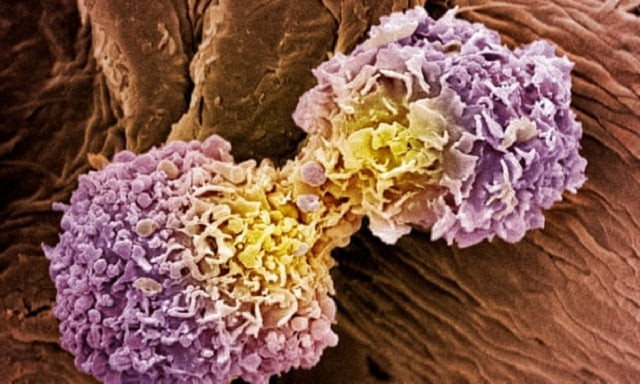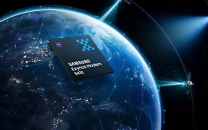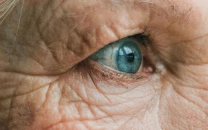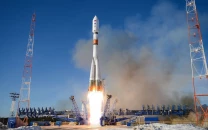AI identifies cancer, viral infections with cutting-edge technology
The AI program can detect cancer and normal cells and viral infections using nanoscale-resolution images

Researchers have recently developed a cutting-edge artificial intelligence (AI) tool named AINU, which holds the potential to revolutionize disease diagnostics by differentiating between cancerous and normal cells, as well as detecting early stages of viral infections within cells.
This innovative technology, developed through a collaboration among the Centre for Genomic Regulation (CRG), the University of the Basque Country (UPV/EHU), Donostia International Physics Center (DIPC), and the Fundación Biofisica Bizkaia (FBB) at the Biofisika Institute, was detailed in a study published on August 27 in the journal Nature Machine Intelligence.
AINU, an acronym for AI of the NUcleus, is designed to scan high-resolution images of cells using a specialized microscopy technique known as STORM (Stochastic Optical Reconstruction Microscopy). STORM allows for the capture of images at a nanoscale resolution, revealing cellular structures in far greater detail than traditional microscopy methods.
According to ICREA Research Professor Pia Cosma, a co-corresponding author of the study and a researcher at CRG in Barcelona, the precision of AINU could have profound implications for patient care.
“The resolution of these images is powerful enough for our AI to recognize specific patterns and differences with remarkable accuracy, including changes in how DNA is arranged inside cells, helping spot alterations very soon after they occur. We think that, one day, this type of information can buy doctors valuable time to monitor disease, personalize treatments, and improve patient outcomes,” Cosma explained.
The AI foundation
AINU operates as a convolutional neural network, a specialized type of AI designed to process visual data such as images. Convolutional neural networks are widely used in various applications, from facial recognition in smartphones to navigation systems in autonomous vehicles.
The development of AINU involved extensive training, during which the AI was exposed to nanoscale-resolution images of cell nuclei from various cell types in different states.
This training enabled AINU to identify specific patterns within the cells by analyzing the distribution and arrangement of nuclear components in three-dimensional space.
For example, cancer cells exhibit distinct nuclear structures compared to normal cells, including differences in DNA organization and enzyme distribution. After its training, AINU could accurately classify new images of cell nuclei as either cancerous or normal based on these features.
Early viral detection
One of the most remarkable capabilities of AINU is its ability to detect changes in a cell’s nucleus within just one hour of infection by the herpes simplex virus type-1. The AI can identify the presence of the virus by recognizing subtle differences in DNA packing, which occurs when a virus begins altering the structure of the cell’s nucleus. This rapid detection could be a game-changer in clinical settings, where early diagnosis is crucial for effective treatment.
Limei Zhong, co-first author of the study and a researcher at the Guangdong Provincial People’s Hospital in Guangzhou, China, highlighted the potential impact of this technology on infection diagnosis. “Researchers can use this technology to see how viruses affect cells almost immediately after they enter the body, which could help in developing better treatments and vaccines. In hospitals and clinics, AINU could be used to quickly diagnose infections from a simple blood or tissue sample, making the process faster and more accurate,” Zhong noted.











1726134115-0/BeFunk_-(41)1726134115-0-208x130.webp)







COMMENTS
Comments are moderated and generally will be posted if they are on-topic and not abusive.
For more information, please see our Comments FAQ